Standard solar panels are rigid, relatively heavy and fragile. A new product on the market called Microsystems Enabled Photovoltaics (MEPV) from mPower Technology may change that.
The cells in these pliable sheets are made from high-efficiency silicon, and if one cell is damaged or loses power, the rest will continue to operate. A more resilient design means a longer life and that makes them cheaper in the long run. The cost of solar technologies has dropped by 70% over the last seven years, and the introduction of solar glitter may help that trend continue.
Such a product will be easier and quicker to install on rooftops than a typical bulky solar panel. But beyond fixed building applications, the strength and flexibility opens up countless other possibilities including wearable solar panels, and panels for satellites that can be folded up for launch and unfolded to put them into operation.
According to Murat Okandan, CEO of mPower Technology, conventional solar panels "are brittle because they're crystalline". He goes on to say, "If you bend or flex them, at some point they'll just break and shatter. By making our cells small and then interconnecting them we're able to make them almost unbreakable".
“Our technology makes these panels virtually unbreakable while keeping all the benefits of high efficiency, high reliability silicon PV. It allows us to integrate PV in ways that weren’t possible before, such as in flexible materials, and deploy it faster in lighter-weight, larger-area modules.”
So there you have it, solar power on the fly - charge your devices easily while hiking or camping, or just walking down the street wearing your swanky solar-panel pants. No word on a launch date as of yet, but we will update the story when they hit the market. Solar panels just keep getting cooler and cooler.


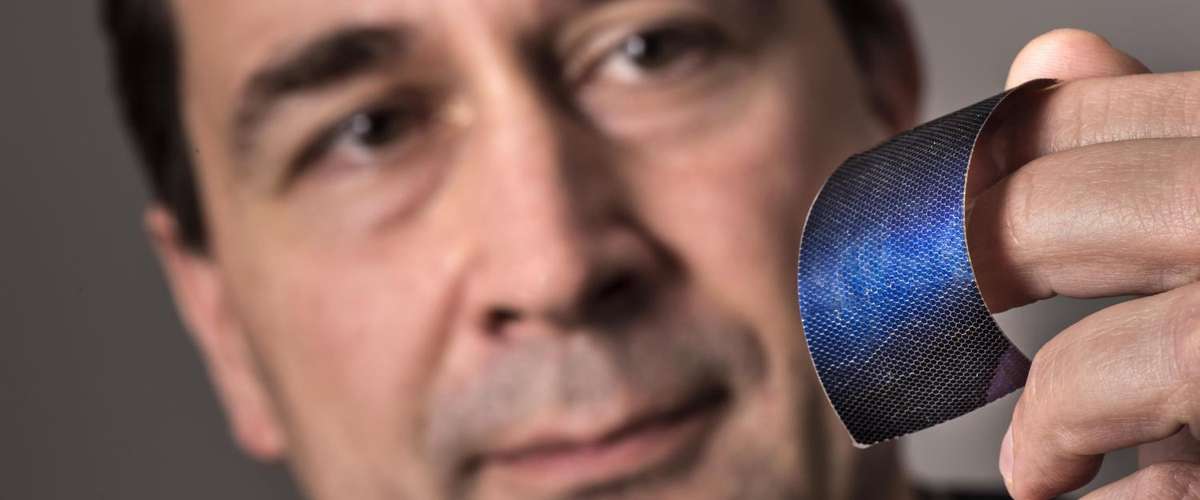













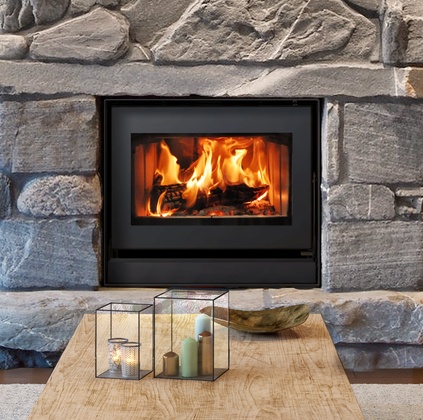

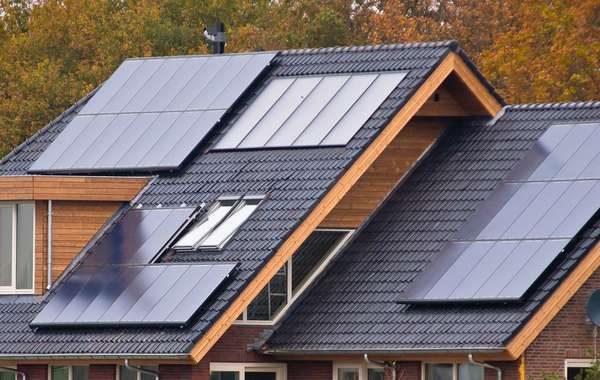
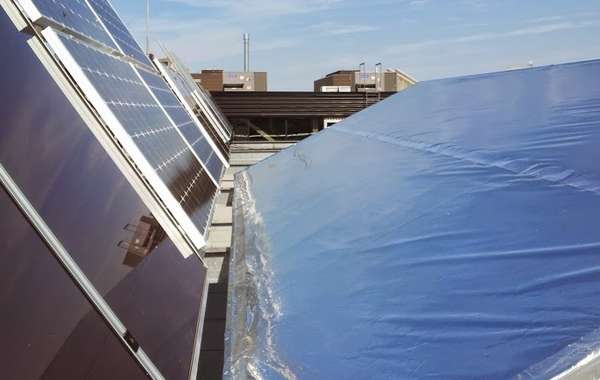
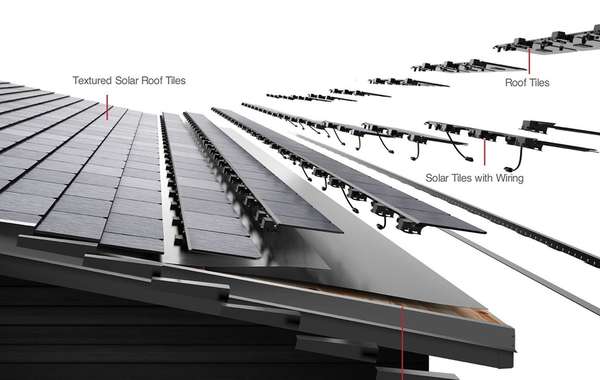
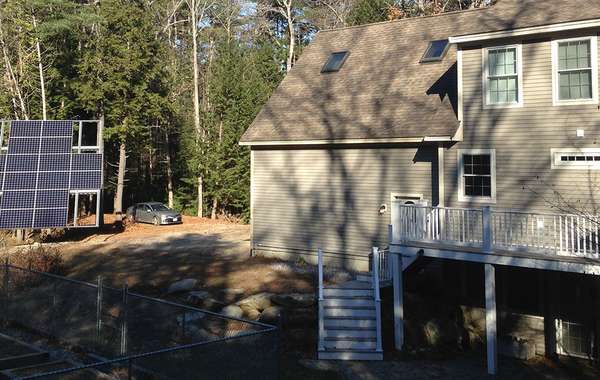
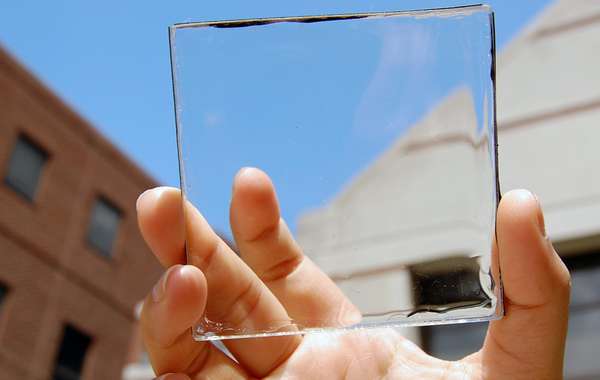
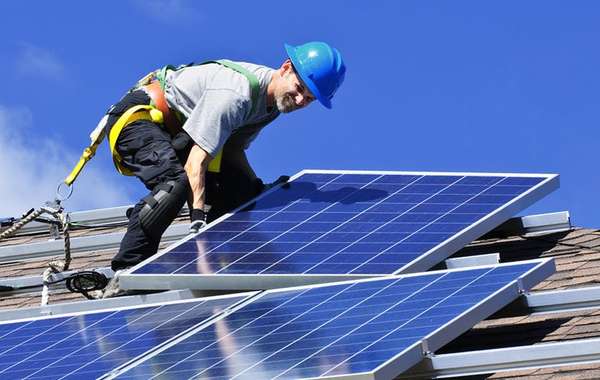
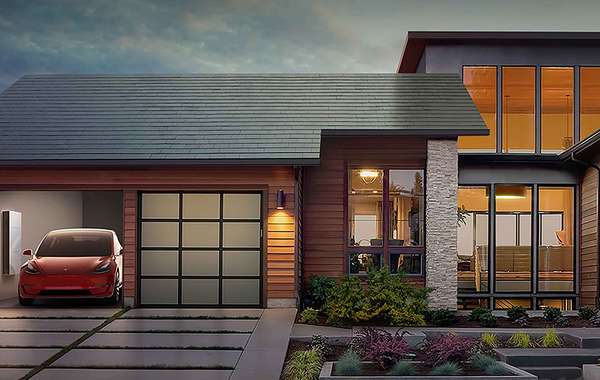
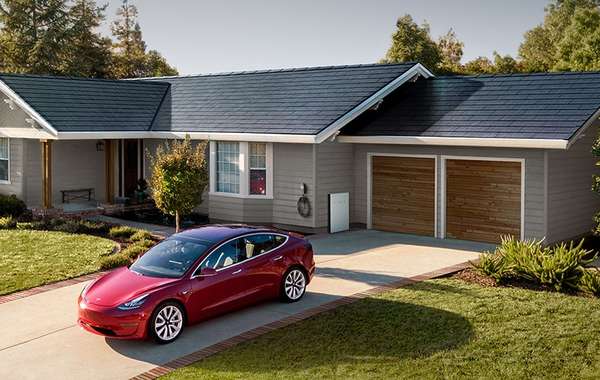
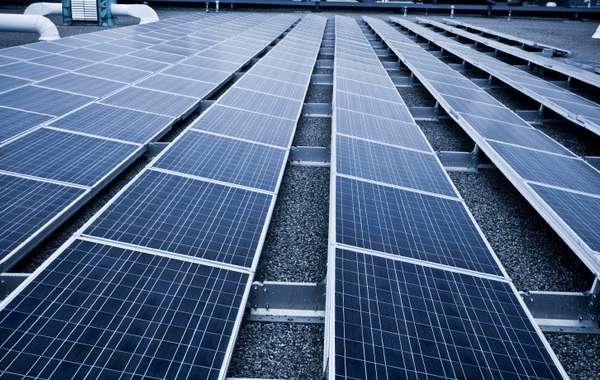
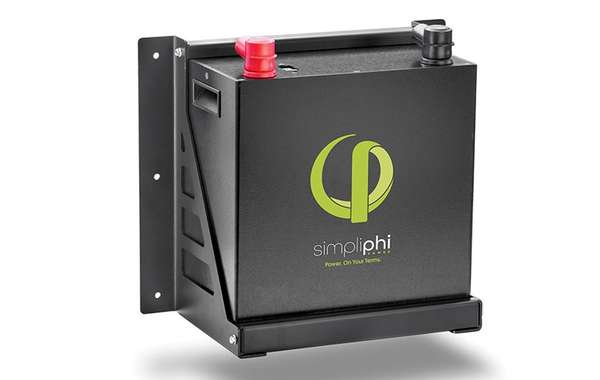

Comments (0)
Sign Up to Comment